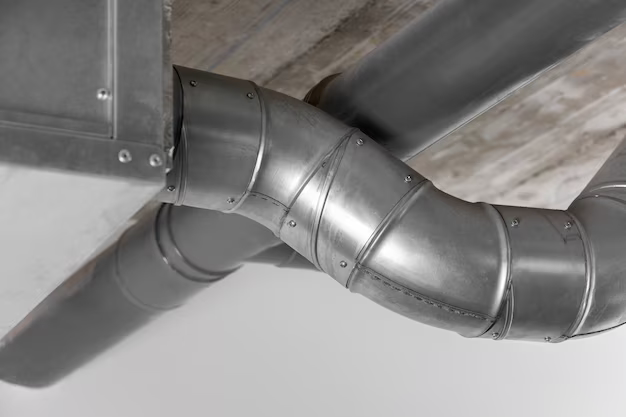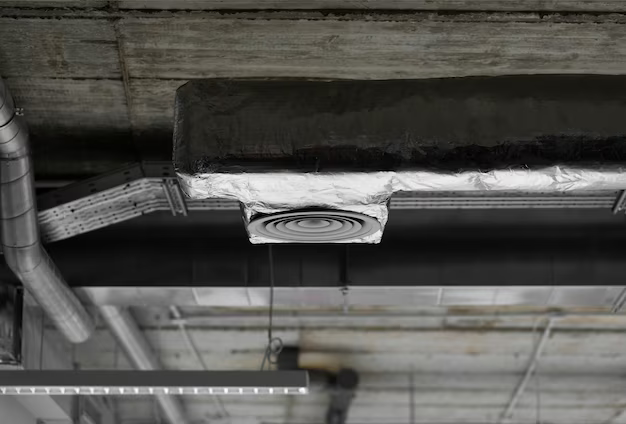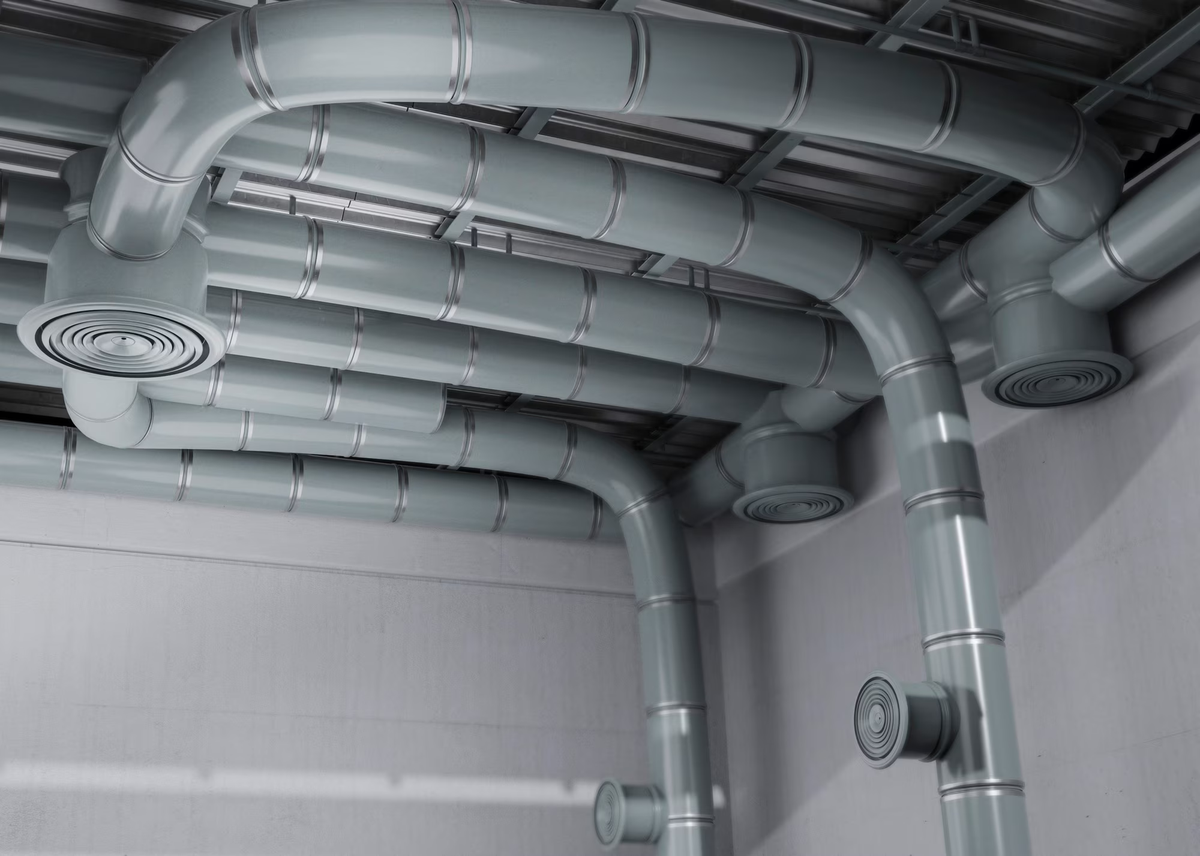Cant find ac drain pipe outside?
What Is an AC Drain Pipe?
Air conditioning systems work by removing heat and humidity from the air inside a building and transferring it outside. This process results in the formation of condensation which needs to be drained away from the air conditioning unit. This is where the AC drain pipe comes into play.
An AC drain pipe is a critical component of any air conditioning system that collects and removes excess water that is produced during the cooling process. In simple terms, it is a pipe that carries water away from the air conditioning unit and disposes of it outside the building.
These drain pipes are usually made of PVC (polyvinyl chloride) or similar materials, and they typically run from the indoor unit of the air conditioner to the outdoor unit. The AC drain pipe is typically located outside the building and can usually be identified by a white or black PVC pipe that extends from the ground close to the outdoor unit of the air conditioner.

The primary function of the AC drain pipe is to prevent water damage to the air conditioning unit, the building, and its contents. If the drain pipe becomes clogged or damaged, water can begin to overflow, leading to water leaks and potential damage to the air conditioning unit.
To prevent clogs in the AC drain pipe, it is essential to keep it clean and well-maintained. Regular cleaning of the drain line using hot water, white vinegar, or a wire brush can help to prevent algae growth and blockages in the drain line. Additionally, installing a float switch or a T-shaped vent in the drain line can help to prevent clogs and water leaks due to a blocked AC drain pipe.
In summary, if you have an air conditioning unit installed in your home or office, it is important to be aware of the AC drain pipe and its function. Regular maintenance and cleaning of the AC drain pipe can help to prevent water damage and prolong the life of your air conditioning system. If you encounter any issues with your AC drain pipe or air conditioning unit, it is advisable to seek the services of an HVAC professional for repairs or maintenance.
Why a Professional Might Not Find It Immediately
If you’re experiencing issues with your air conditioning system and can’t seem to locate the AC drain pipe outside, you may be wondering why a professional can’t find it immediately. There are several reasons why this might be the case.
First, the AC drain pipe may be hidden or obscured by landscaping or other outdoor obstacles. Air conditioning units are often installed near bushes, trees, or other structures, which can make it difficult to see the drain pipe. In some cases, the drain pipe may even be buried underground, making it even harder to find.
Second, the drain line itself may be clogged or damaged. Over time, dirt, debris, and other contaminants can accumulate in the drain line, leading to blockages and clogs. This can make it harder for a professional to locate the drain pipe, as they will need to dig deeper or use specialized equipment to locate the blockage.
Finally, it’s possible that the drain pipe was not installed correctly in the first place. If the drain line was not installed at the proper slope or angle, or if it was placed in the wrong location, it can make it more difficult to locate and access.

In any case, if you’re having difficulty locating your AC drain pipe, it’s important to seek the help of a professional HVAC technician. A qualified technician can use specialized equipment and techniques to locate the drain pipe and diagnose any underlying issues that may be affecting your air conditioning system. With their expertise and experience, they can help you get your system up and running smoothly once again.
Identifying the AC Drain Pipe Location
As a homeowner, it’s important to know the location of your air conditioning’s drain pipe. This small but crucial component plays a vital role in preventing water damage and ensuring the efficient performance of your AC unit.However, locating the drain pipe can be a daunting task, especially if it’s buried underground or hidden behind landscaping.
Here are some tips to help you identify the location of your AC drain pipe:
1. Follow the lines
The drain pipe is typically connected to the indoor unit’s evaporator coil and runs through the walls or ceiling to the outdoor unit. Look for any visible pipes or lines that connect the indoor and outdoor units. You may be able to follow these lines to locate the drain pipe’s exit point outside.
2. Check the condenser unit
The outdoor unit, also known as the condenser unit, is where warm air from inside your home is cooled before circulating back. Check the condenser unit for any visible pipes or tubing that could be part of the drain line. The drain pipe is often installed close to the condenser unit, which makes it an ideal starting point for your search.
3. Look for a T-shaped vent
A T-shaped vent on the exterior of your home can indicate the location of your AC drain pipe. This vent is typically installed above the drain pipe’s exit point and helps to release the water that has been collected from the system.
4. Ask your HVAC professional
If you are unable to locate the drain pipe yourself, don’t hesitate to ask your HVAC professional. They can provide guidance and help you identify the drain pipe’s location. They may even be able to provide additional tips or tricks to locate it more efficiently.
In conclusion, locating the AC drain pipe is essential for maintaining the efficiency and longevity of your air conditioning unit. It’s important to regularly inspect and maintain the drain line to prevent any clogs or damage that can lead to water leakage and costly repairs. With these tips, you can confidently locate the drain pipe and ensure the proper functioning of your air conditioning system.
Examining the Outdoor Unit for Clues
When it comes to locating your AC drain pipe, examining the outdoor unit can provide valuable clues. Your outdoor unit, also known as the condenser unit, plays a critical role in the cooling process of your air conditioning system. It pulls in warm air from inside your home, cools it down using refrigerant, and then circulates the cooled air back inside. But did you know that it can also help you find your drain pipe?
Start by examining the outdoor unit for any visible pipes or tubing that could be part of the drain line. The drain pipe is often installed close to the condenser unit, which makes it an ideal starting point for your search. Look for any pipes or tubes that appear to be leading away from the unit and towards the ground.

In some cases, the drain pipe may exit through a vertical PVC pipe or white PVC pipe on the exterior of your home. These pipes are typically installed close to the condenser unit and can be a helpful indicator of the drain pipe’s location.
Remember, regular maintenance and cleaning of your AC system can help prevent water damage caused by clogged condensate drain lines. If you suspect your drain line may be clogged or have noticed water leaks around your AC unit, it’s important to contact a professional for repair service right away. They can help clean out any clogs and ensure that your drain line is functioning properly to prevent further water damage.
Meet Lila Robinson, an expert in the world of plumbing with a talent for delivering valuable insights and captivating articles on an array of plumbing topics. With years of experience handling complicated plumbing issues, Lila has become a go-to resource for homeowners and businesses alike.
Packing vast knowledge in plumbing tools and science, Lila creates a sense of community on her blog and social media accounts, engaging with readers from all walks of life. Her writing style is authentic, unique, and engaging, and she has an exceptional ability to break complex concepts into understandable ideas.
If you have encountered a plumbing issue, chances are Lila Robinson has conquered it. Her articles uncover the underlying problems behind some of the most unexpected plumbing problems, from tankless water heater error codes to drain snakes in vents.
Whether you’re a beginner or an experienced plumber, Lila Robinson’s blog has something for you. Follow her social media accounts to keep up-to-date with the latest posts and join the conversation.